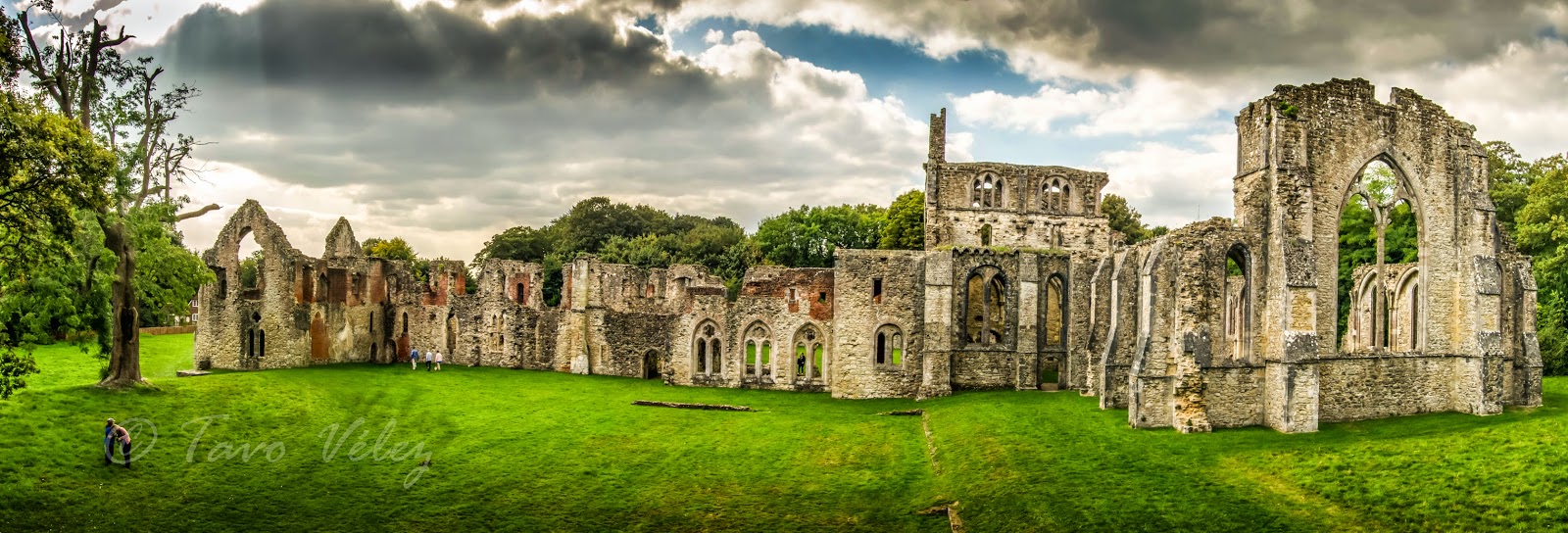Netley Abbey is a ruined late medieval monastery in the village of Netley near Southampton in Hampshire, England. The abbey was founded in 1239 as a house for Roman Catholic monks of the austere Cistercian order. Despite being a royal abbey, Netley was never rich, produced no influential scholars nor churchmen, and its nearly 300-year history was quiet.
In 1536, Netley Abbey was closed by Henry VIII of England during the Dissolution of the Monasteries and the building was converted into a mansion by William Paulet, a wealthy Tudor politician. The abbey was used as a country house until the beginning of the eighteenth century, after which it was abandoned and partially demolished for building materials. Subsequently the ruins became a tourist attraction, and provided inspiration to poets and artists of the Romantic movement. In the early twentieth century the site was given to the nation, and it is now a Scheduled Ancient Monument, cared for by English Heritage. The extensive remains consist of the church, cloister buildings, abbot's house, and fragments of the post-Dissolution mansion. Netley Abbey is one of the best preserved medieval Cistercian monasteries in southern England.

No comments:
Post a Comment